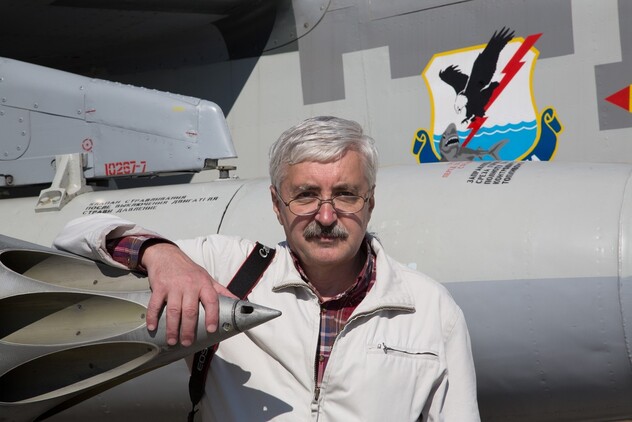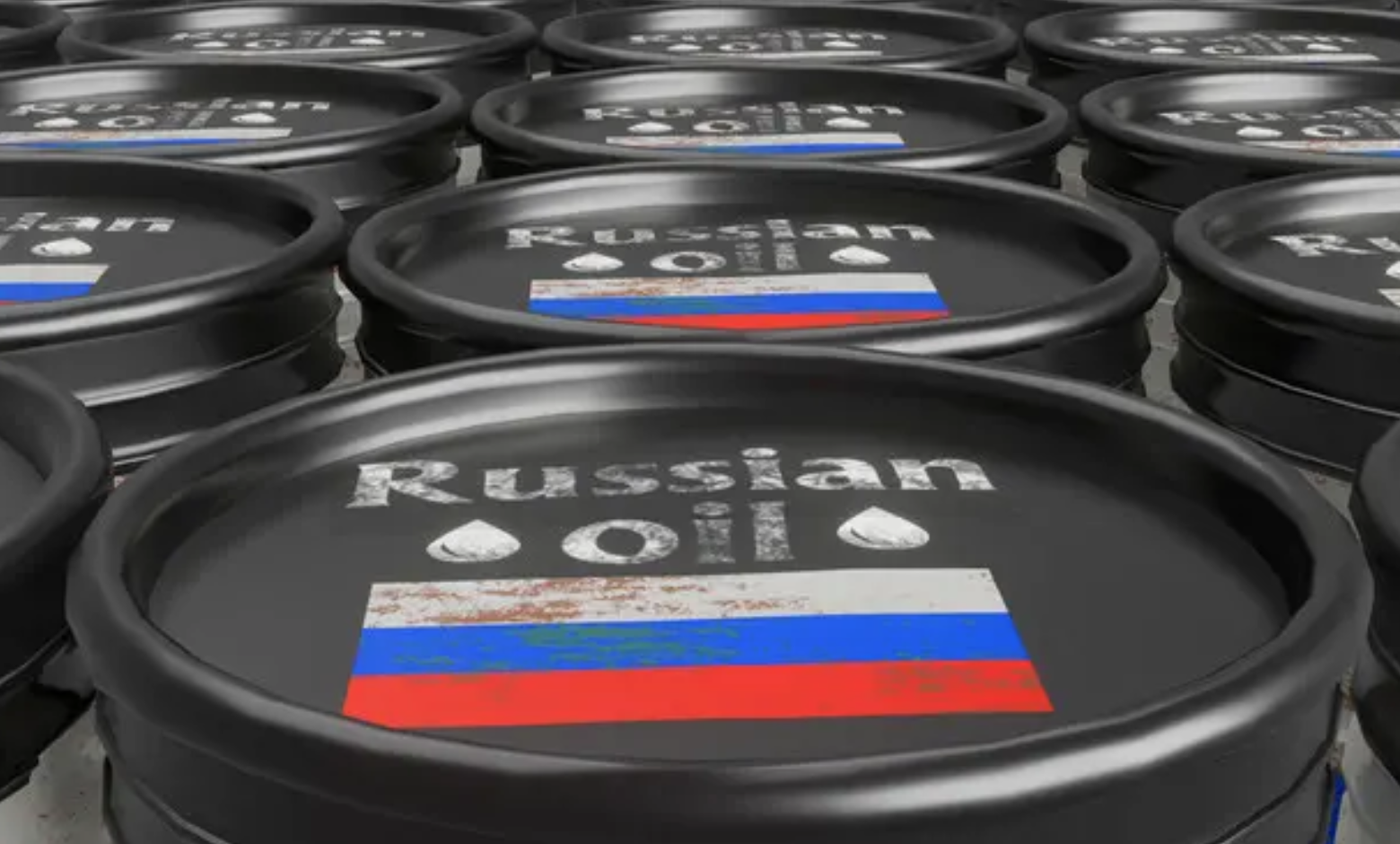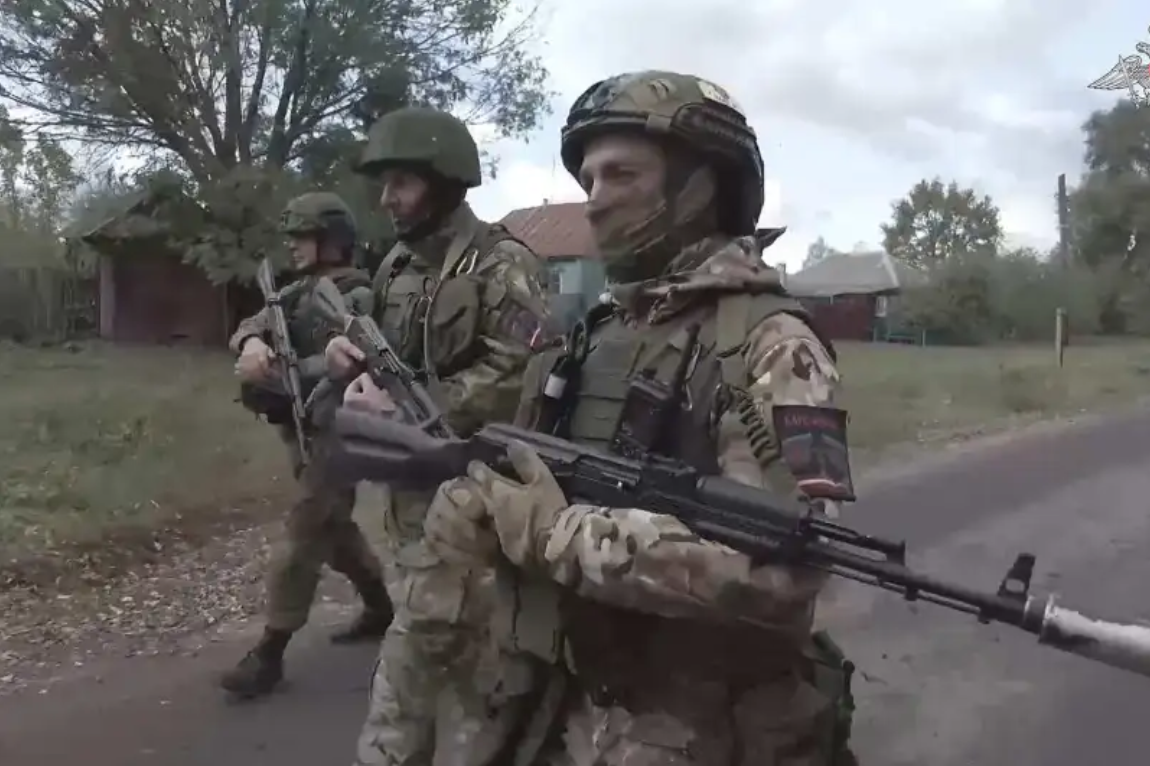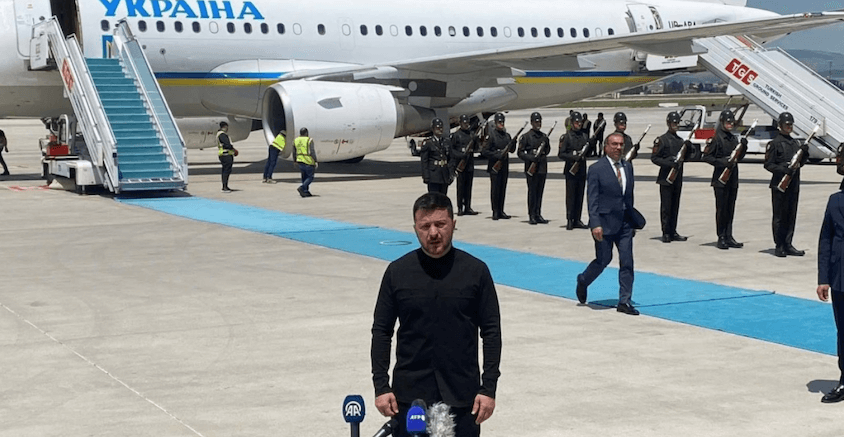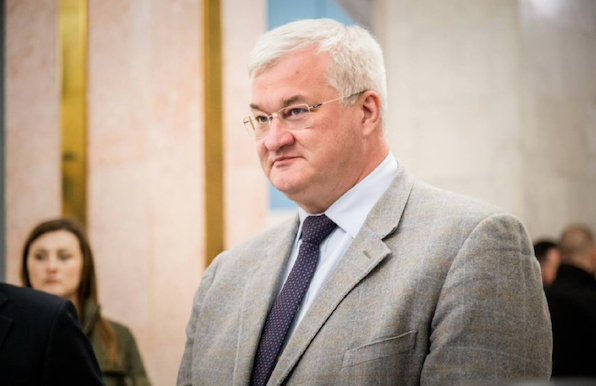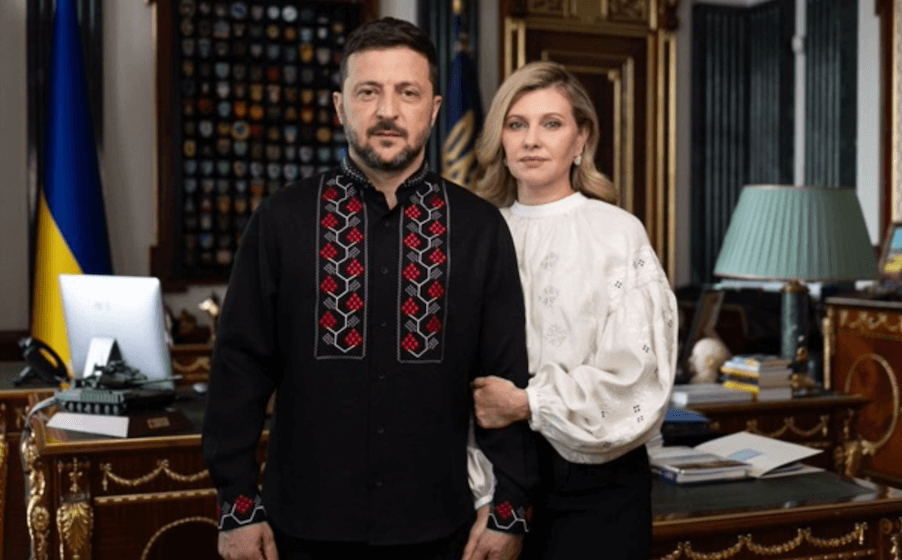Valeriy Romanenko. Photo: glavcom.
The threat of large-scale attacks by the Russian Federation remains one of the main challenges to Ukraine’s security. As the war gathers momentum, Russia is increasing the pace of production and use of various missile systems. Aviation expert Valeriy Romanenko shared his assessment of the number of missiles that Russia may launch in the near future and explained the danger this poses to Ukraine, TimeUkraineIsrael portal reports with reference to RBC-Ukraine.
Massive strikes or local actions: how does Russia carry out attacks?
In recent months, Ukraine has witnessed numerous missile attacks by Russia, covering not only major cities but also lesser-known regions. Individual attacks can be no less dangerous than massive ones, as Russian forces are constantly improving their tactics. As Romanenko explained, missiles and drones that attack Kyiv, Odesa or other Ukrainian cities often cause significant destruction. However, Ukraine’s air defence system has the ability to shoot down most of these threats, although it does not always manage to neutralise them in time.
Russia’s production capabilities: How many missiles can they produce?
According to Ukraine’s Main Intelligence Directorate, Russia is increasing its production of missiles, including ballistic missiles such as Iskander and Kinzhal. Given the rate of production, the Russians can launch up to 40-50 such missiles per month. According to Romanenko, this means that in a few months the Russian stockpile of missiles could reach 150 to 190 units. Given its strategic needs and the need to keep some missiles in reserve, Russia could have up to 300-350 missiles at the time of active attacks.
The possibility of simultaneous missile launch: what is the real threat?
Given Russia’s operational capabilities, Romanenko noted that the enemy is capable of launching a large number of missiles simultaneously. For example, with the help of Tu-95 bombers, each of which can carry up to four X-101 missiles, Russia can launch up to 36 missiles at a time. In addition, other missiles are used, including the X-22, X-32, and Oniks for attacks on Odesa.
The expert also drew attention to the Kinzhal missiles launched from MiG-31 fighters. The rate of production of these missiles is lower, but even one MiG-31 squadron is able to actively participate in massive strikes, launching up to 3 missiles per month.
Conclusion: Russia’s maximum potential
Romanenko summed up that in the event of a full-scale missile strike, Russia could use up to 150 Shahed missiles in just one night. However, it is worth remembering that this is only one part of the aggressor’s potential. At the same time, Russia’s strategic potential in air strikes remains significant: up to 20 Tu-95 bombers and dozens of other combat aircraft can launch the maximum number of missiles, which poses a serious threat to Ukrainian air defences.
The threat of a new cycle of attacks
Romanenko also stressed that the Russian military is preparing for a new wave of massive shelling, which is confirmed by information from the Centre for Countering Disinformation. Given that Ukraine has a large territory and many important facilities, this makes the country vulnerable to simultaneous attacks by different types of missiles. Despite the high effectiveness of Ukraine’s air defence systems, Russia has sufficient potential for serious attacks, which requires further strengthening of defence measures and support from international partners.
Thus, Ukraine must be prepared for new challenges in the war, and efforts to improve its air defences and ensure maximum protection against missile attacks remain critical to its security.

